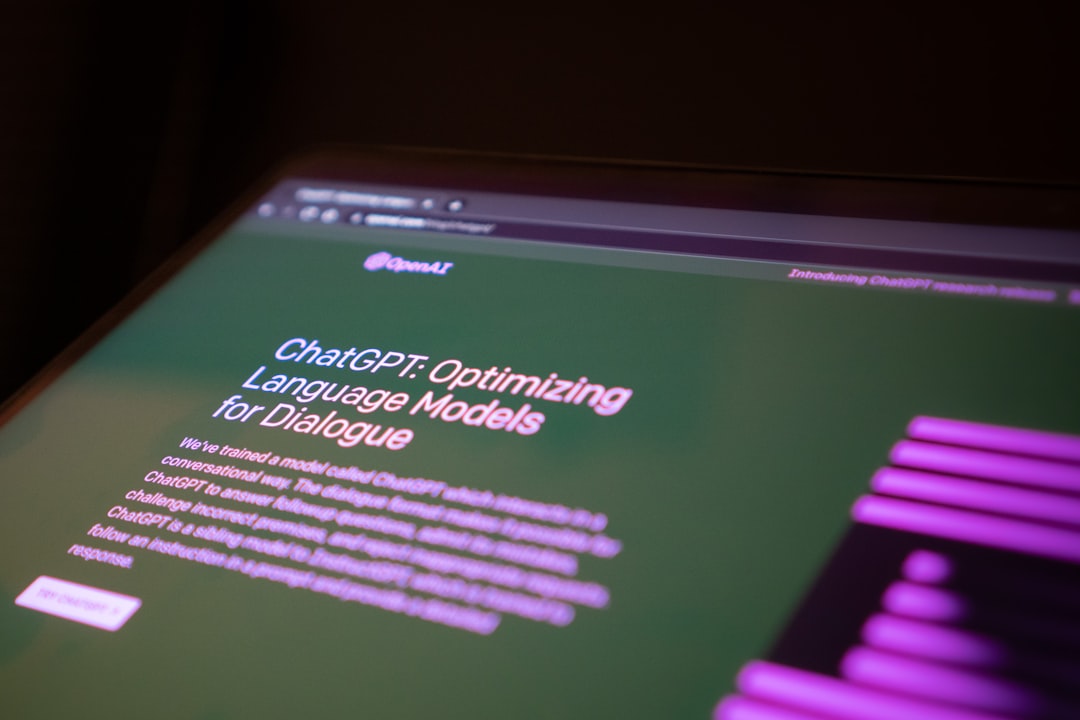NextGenBeing Founder

Listen to Article
Loading...Introduction to Autonomous Navigation Systems
When I first started working on autonomous navigation systems, I was surprised by the complexity of the task. Last quarter, our team discovered that implementing a reliable and efficient navigation system required a deep understanding of SLAM (Simultaneous Localization and Mapping) algorithms. In this article, I'll share our experience with implementing autonomous navigation systems using ROS 2 Foxy and OpenCV 4.6, and provide a comparative analysis of different SLAM algorithms.
Background on SLAM Algorithms
SLAM algorithms are a crucial component of autonomous navigation systems, as they enable robots to build a map of their environment while simultaneously localizing themselves within that map. The two most popular SLAM algorithms are EKF-SLAM and Graph-SLAM. EKF-SLAM uses an extended Kalman filter to estimate the robot's state and the map, while Graph-SLAM represents the map as a graph and uses a graph-based optimization algorithm to estimate the robot's state.
Implementing EKF-SLAM with ROS 2 Foxy and OpenCV 4.6
To implement EKF-SLAM with ROS 2 Foxy and OpenCV 4.6, we used the ros2-ekf-slam package, which provides a ROS 2 wrapper for the OpenCV 4.6 implementation of EKF-SLAM. We also used the ros2-opencv package to interface with OpenCV 4.6.
Unlock Premium Content
You've read 30% of this article
What's in the full article
- Complete step-by-step implementation guide
- Working code examples you can copy-paste
- Advanced techniques and pro tips
- Common mistakes to avoid
- Real-world examples and metrics
Don't have an account? Start your free trial
Join 10,000+ developers who love our premium content
Never Miss an Article
Get our best content delivered to your inbox weekly. No spam, unsubscribe anytime.
Comments (0)
Please log in to leave a comment.
Log InRelated Articles

Building an Event-Driven Architecture with Pulsar, Apache Flink, and Java 21: A Deep Dive into Real-Time Data Processing
Nov 6, 2025

Building Scalable Web Applications with WebAssembly and Haskell: A Practical Introduction to GHCJS 9.4 and WebKitGTK 4.12
Oct 27, 2025

Unlock 90% Faster Insights: Building Real-Time Data Pipelines with Apache Kafka 5.0, Apache Flink 1.18, and Apache Iceberg 1.2
Oct 20, 2025
🔥 Trending Now
Trending Now
The most viewed posts this week
📚 More Like This
Related Articles
Explore related content in the same category and topics

Diffusion Models vs Generative Adversarial Networks: A Comparative Analysis

Implementing Zero Trust Architecture with OAuth 2.1 and OpenID Connect 1.1: A Practical Guide

Implementing Authentication, Authorization, and Validation in Laravel 9 APIs


